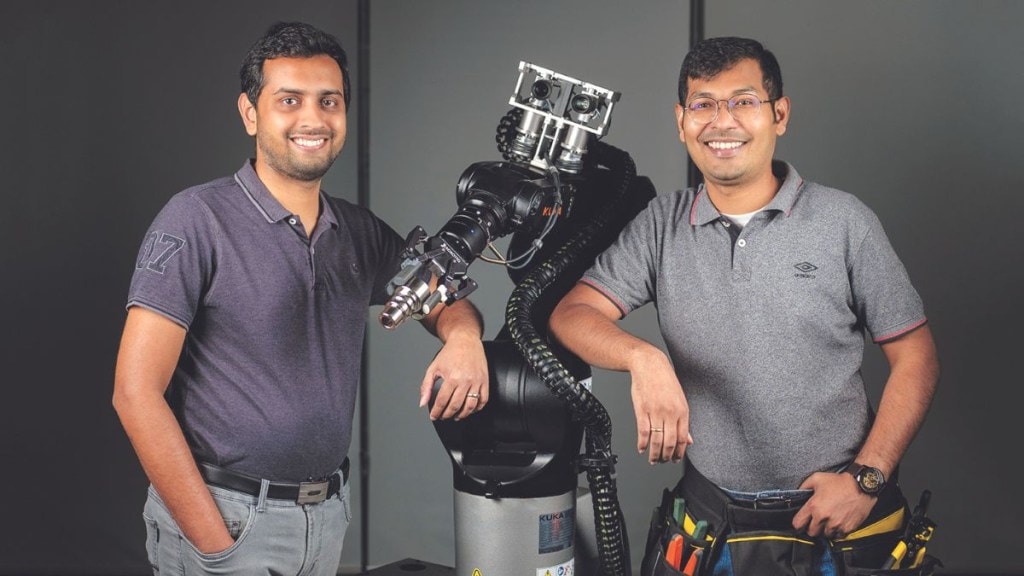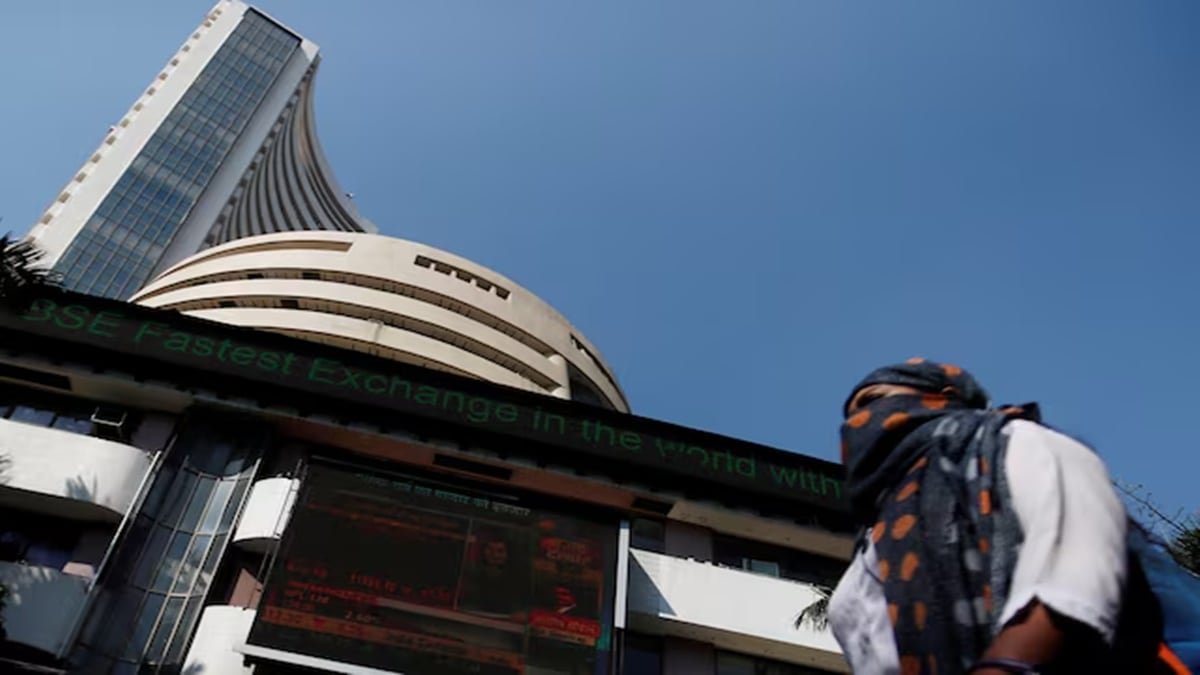A 13,000-sq ft space where nine robots practise their moves picking up not just hard objects but irregular shaped ones like a packet of chips or even something slippery such as a shiny Coke can and then placing them in their exact groove. This is H.I.V.E. – short for Hub for Intelligence & Vision Excellence – an advanced research lab built by deep-tech robotics and cybernetics company CynLr (Cybernetics Laboratories) in Bengaluru. Around 40 engineers work in the electronics, camera and vision laboratory in the quest to make robotic arms better at mimicking the human arm. In tech jargon: visual cognition, tactile feedback and action, all happening simultaneously. In layman terms: to make robots see, understand and act just like the way our eyes and hands do intuitively.
Robotic arms have been around for a while. However, the challenge is that robotic arms are cognitively lacking— they do not understand the world around them. What that means is that each time a robotic arm is deployed, it is a customisation effort. This effort is time and capital intensive — a key reason why robotic arms are not being adopted in large volumes yet. CynLr builds pertinent cognition technology that make robotic arms a lot smarter about the environment making them more adaptable and more generic. It has developed a visual object intelligence platform that interfaces with robotic arms to achieve the holy grail of robotics — universal object manipulation. This enables CynLr-powered arms to pick up unrecognised objects without recalibrating hardware, and even works with mirror-finished objects (a traditionally hard obstacle for visual intelligence).
“This will accelerate the adoption of robots for application use cases such as automotive general assembly or warehouse piece picking where it is difficult to customise a solution,” says Nikhil Ramaswamy, co-founder, CEO, CynLr.
Founded by Ramaswamy and Gokul NA (founder – design, product and brand) around five years back, CynLr’s efforts are about to bear fruit. It is launching its first camera stack product in January 2024 and a more advanced robot solution in the later part of 2024.
CynLr is also looking at applications in industrial kitchen and Advanced Driver Assistance Systems (ADAS) use cases. “We are engaging with two of the five largest automotive car manufacturers globally and a large part supplier from Europe,” says Ramaswamy. “Our market focus is entirely US and Europe at the moment and all our customers are from the US. We are working with General Motors and other big OEMs and e-commerce players in the US.”Why US or Europe? Are Indian manufacturers not open to incorporating robots on the shopfloor? Ramaswamy says that the road to getting such technology adopted in India often tends to be via the US. “Once US has validated the technology and we are able to produce larger volumes at lower cost then it becomes a lot more feasible for us to market in India,” he says.
CynLr is now looking at raising $10-15 million as part of its Series A round of funding to expand its business in the US and Europe. “We are actively preparing for our next round of funding which we hope to close later this year or early next year. As a deep-tech research focused hardware-based company, we choose to continue to capitalise the company such that we forward-invest in R&D and innovation, keeping break-even 3-5 years away,” he said.








